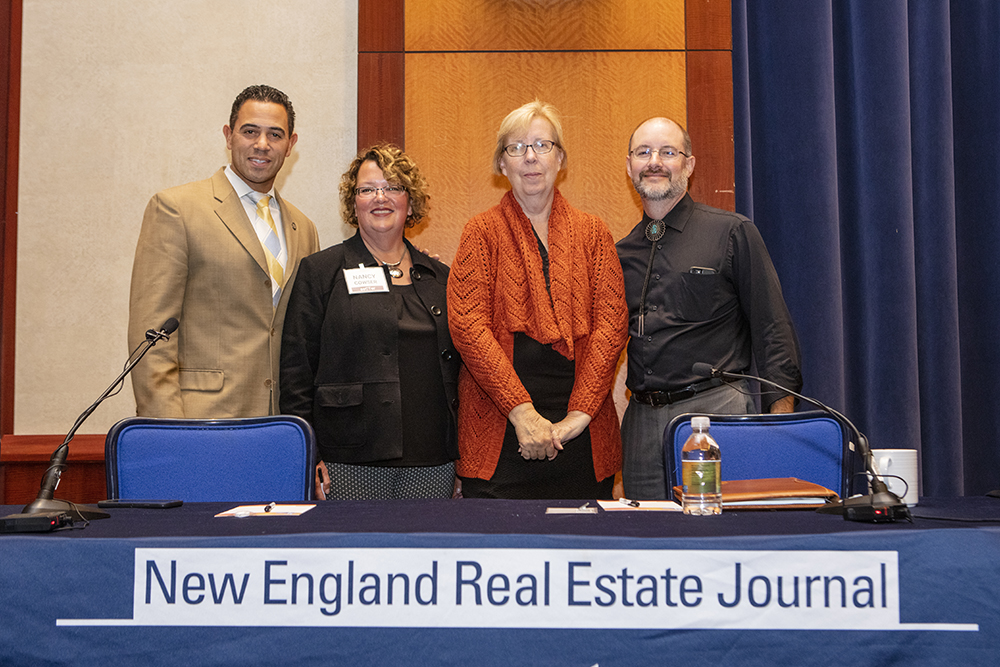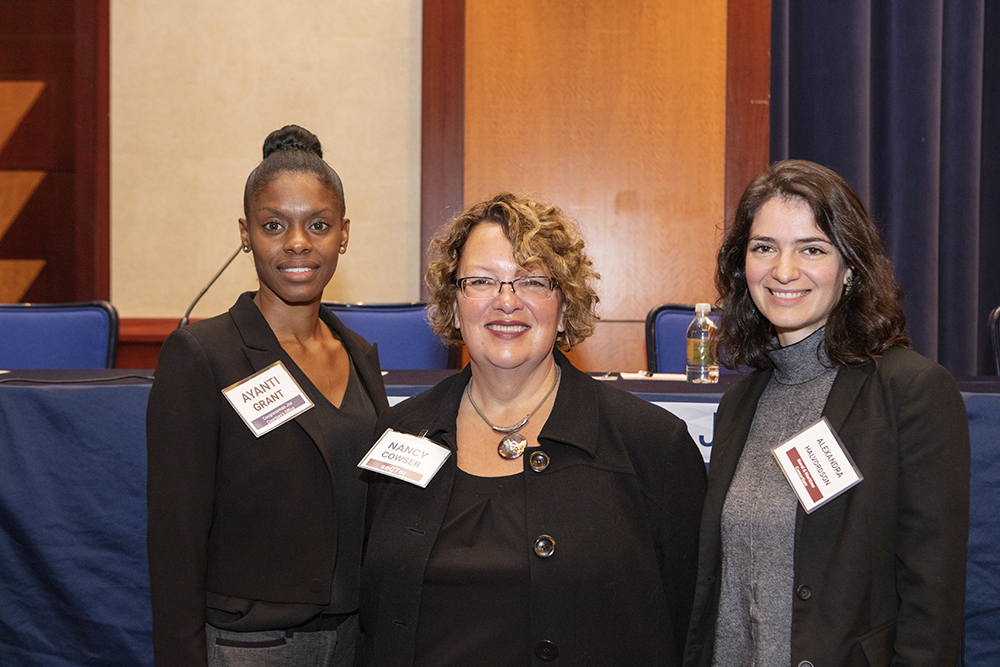From Windham to the shoreline, southeastern Connecticut is thriving. After years of lagging behind the nation’s economic recovery, the region is now leading the way in many areas, most notably advanced manufacturing. Ten years ago, the region had the 9th worst labor market in the nation. Now it is proud to boast the 13th best. Eastern CT manufacturing jobs grew four times as fast as the rest of the state between 2015 and 2019, at a rate of 11.3%, accounting for two-thirds of all statewide manufacturing job growth. Manufacturers overall account for 10.74% of the total state output. The region’s beautiful natural assets, highly educated and talented workforce, equidistance between Boston and New York, defense contractors and a growing supply chain, rail line, international port on the Thames River, reasonably priced housing, exceptional schools, world class cultural and arts institutions, and internationally recognized tourism destinations make this a flourishing place to invest. Southeastern CT’s economic development organization, the Southeastern CT Enterprise Region (seCTer), provides your one-stop entry point to the region’s municipal leaders, state resources, and dedicated partners – any information you need to decide to invest in our region, and to choose the significant opportunities in front of us. For all of these reasons and more, southeastern Connecticut merits your consideration.

Mashantucket Pequot Tribal Nation; Nancy Cowser, SeCTer; state senator
Cathy Osten; and Thayne Hutchinson JR Mohegan Tribe
The economic revitalization in our region is fueled by an increase in demand for U.S. Naval submarines. General Dynamics Electric Boat (GDEB), the nation’s leading submarine manufacturer since 1899, is located at the mouth of the Thames River. Currently employing 14,000 in Connecticut and Rhode Island, GDEB is facing explosive growth as it ramps up to build three submarines per year including the new Columbia Class. This work is expected to run through the year 2042 while creating thousands of jobs and new business opportunities throughout the region. These high-quality, career jobs are attracting young, skilled people to the state. In 2018, EB hired 2,241 and plans to have hired an additional 1,400 employees by year-end. It is noteworthy that the demographics of GDEB’s workforce are changing drastically. In 2013, Baby Boomers made up 47% of its workforce. Today, they make up 26%. Millennials now make up 51% of the GDEB workforce. To meet demand, GDEB projects hiring 10,000 workers in Connecticut and Rhode Island over the next ten years, inclusive of new employees and replacing retirees. GDEB has an $850 million expansion underway to house manufacturing of the Columbia-class submarine in Groton, its biggest construction project in 45 years. The 200,000 s/f assembly building on the Thames River is adding hundreds of construction jobs. In order to fulfill its federal contract obligations, GDEB has pledged to double its spend with CT supply chain manufacturers, at a value of $700 million. This means tremendous opportunity for growth in the existing supply chain, and room for new companies to move in to help meet demand.
The region is also proud to host the US Navy Submarine Base in Groton, the US’s first submarine base. Located just three miles upriver from GDEB, the base is currently the East Coast’s primary submarine base. Almost every sailor on a US submarine will train at this base. That includes those who will be stationed on the new Columbia-class. As these submarines are completed, 500 trainees and their families will descend upon Groton for up to two years to train on the new submarine. There are currently 6,500 military personnel stationed in Groton, and the new Commanding Officer, Captain Todd Moore, is motivated to make Groton the Navy Base of choice.
The region is well served with excellent highway access, rail lines to move people and cargo, and the Thames River, a bustling waterway that connects most of the region with Long Island Sound. Ferries, cargo ships, submarines, water taxis, commercial fishing vessels – you name it, you will see it! The heart of the Thames River is the port of New London, just across the river from GDEB. The port is a Foreign Trade Zone, and there are plans to reorganize the zone into an “Alternative Site Framework,” which would allow companies from throughout southeastern CT to gain benefits of the Foreign Trade Zone. Connecticut as a whole is at the epicenter of the US economy, with the ability to reach one-third of the entire U.S. economy and two-thirds of the Canadian market from here.
Southeastern CT’s rich maritime industry is poised for yet another boost, as the port of New London is being considered as a staging site for the growing offshore wind industry. Ørsted, the Danish leader in the field, is opening an office in New London. Together with Eversource, they procured a 200-megawatt contract for offshore wind energy in CT, has contracts with Rhode Island, New York, Maryland and Virginia, and has bids in place for additional contracts throughout the eastern seaboard, including CT. This makes the Port of New London, with its deep water channel, rail line and its barrier-free access to major offshore wind leases, the ideal site from which to assemble and ship the enormous turbines. They must begin assembly by April 2022 to fulfill existing contracts. $93 million in port improvements, funded by a public-private partnership, are slated to begin in 2020. There are many pieces of property along the Thames River that could potentially barge to the port, and many others on rail lines. SeCTer can link you to the opportunities you are seeking in southeastern Connecticut.

office; Nancy Cowser, SeCTer; and Alexandra Halvordson,
Navel and Maritime Consortium.
Fulfilling this demand requires highly skilled talent, and our region is fortunate to host a nationally-recognized advanced manufacturing training initiative, developed by the Eastern CT Workforce Investment Board, the Manufacturing Pipeline Initiative (MPI). The MPI is an employer-developed, fast-track training program uniquely designed for adult learners interested in advanced manufacturing careers. Graduates, most of whom have no prior manufacturing experience, are hired into prime or subcontracting companies in the region. MPI alums experience 50% less turnover and 50% lower training costs once hired. The MPI is being replicated for other high demand occupations, such as healthcare, and is readying to develop curriculum for the emerging wind energy sector.
With all this activity, it is no surprise that housing throughout the region is booming. There are an estimated 5,500 new housing units in development, with another 3,500 being negotiated. CT is rich in talent and ranks 4th most educated nationally. We have leading colleges and universities, a responsive community college system, cutting edge trade schools, magnet schools, charter schools, and highly ranked public schools that cater to just about any interest. The region includes rural areas and small cities – all are being revitalized with an eye on walkability and amenities. CT is also making significant investments in entrepreneurship and innovation. In our region, the naval and maritime economy is certainly a focus, but there is also a thriving biotech cluster and growing healthcare industry with a laser focus on access to care as close to home as possible. Yale New Haven Health and Hartford Healthcare are the cornerstones of this industry, bringing with them Smilow Cancer Hospital Care Center and Memorial Sloan Kettering Cancer Center respectively, along with world renowned, cutting edge specialty care and medical technology.
With all the opportunity for growth before us, the region’s residents have not forgotten what makes us so special: the arts and cultural institutions, restaurants, tourism destinations, history and natural resources that enrich every corner of every city and town. Mystic is legendary. The downtown shopping and restaurants, seaport and aquarium have been leading tourism destinations for decades, attracting locals and visitors by the thousands. From that nexus has grown an industry that spans the region. There are a plethora of activities - a dinosaur park, band shell, wineries, breweries, art galleries, theatres attracting major stars. The waterfront has sailing, kayaking, paddle-boarding (don’t miss the Halloween Witch’s Paddle and Santa arriving on a tugboat!), fishing, surfing, wakeboarding – anything you can imagine! A river system and trail system encourage more outdoor fun, and after all that exercise, there are hiking trails, snow shoeing, cross-country skiing, nationally recognized golf courses, wine trails, ice cream trails and beer trails. After all that activity, our venerable celebrated institutions such as the Garde Arts Theatre, the Eugene O’Neill Theater, the Lyman Allyn Museum and dozens of other equally celebrated destinations are waiting for you.
Anchoring our rich tourism, culture and arts sectors are our two internationally celebrated Native American Casinos, Mohegan Sun and Foxwoods. Their hotels recently ranked numbers one and two, respectively, according to the 2019 USA Today’s 10 Best Reader’s Choice Awards. In addition to traditional gaming, there are incredible shops, restaurants, sports and entertainment venues – fun for the whole family. It is no secret that gaming in our region is becoming increasingly competitive. Our two Native American Tribal Nations, Mashantucket Pequot and Mohegan, have answered the challenge by jointly developing a new casino project in Windsor Locks, CT, while also diversifying their businesses, including new ventures in CT, and national and international gaming expansion. Together, our tribal nations employ almost 20,000 people while contributing millions of dollars to state and local endeavors. They are collaborative, invested partners in our region’s success.
The region’s cultural diversity leads to an incredible variety of cuisines, arts, and cultural celebrations throughout our region. This has only enhanced our already renowned tourism, arts and cultural reputation. The region has significant Native American, African American, Asian and Hispanic populations. In a region that is 600 square miles with a population of 286,000, there is space for opportunity to meet appeal. Huge potential; tangible growth now and into the future; the state, municipalities and partners eager to collaborate with you – this is the place to invest! We welcome you and look forward to your inquiries.
Nancy Cowser is executive director at Southeastern CT Enterprise Region Corp (seCTer), Groton, Conn.








